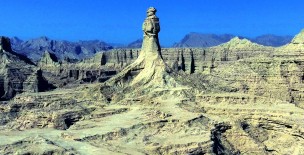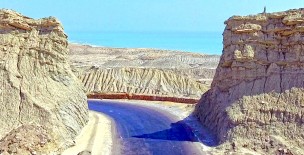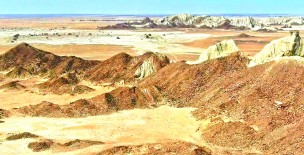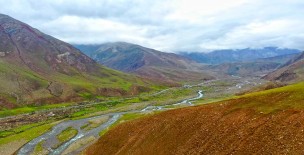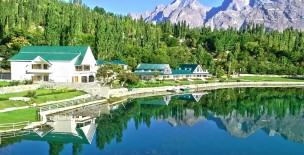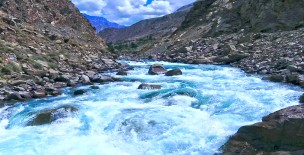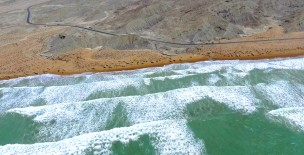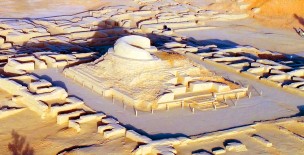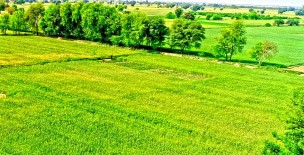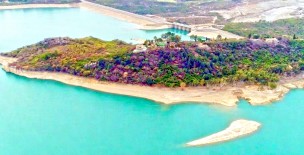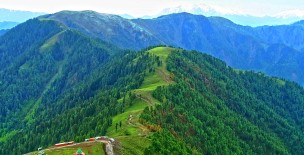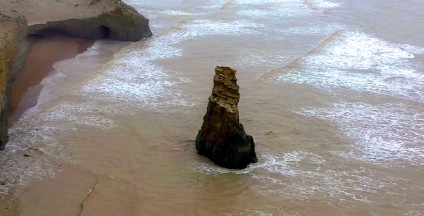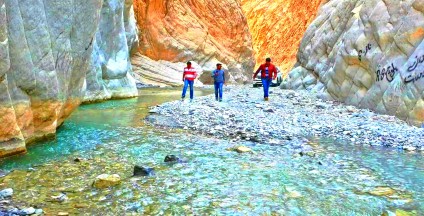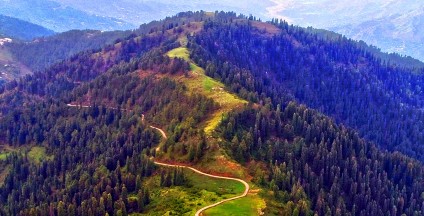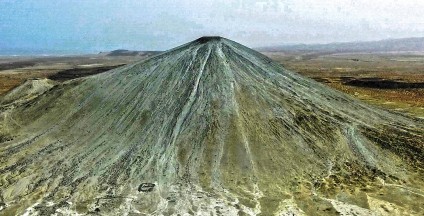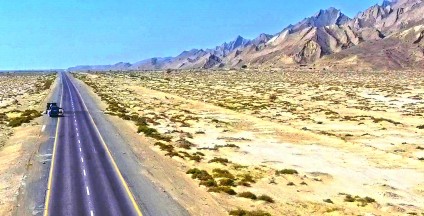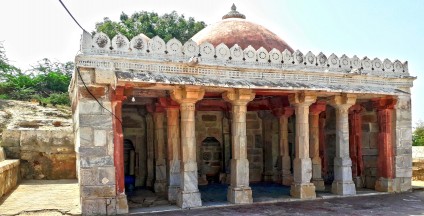Living fossils of Ziarat, Junipers forests, which are also found in Zarghoon mountain and some other areas of Balochistan. These are famous for being the second largest Juniper forest in the world, which covers an area of about 999.60 hectares.
Juniper trees (Juniperus macropoda) have a slow growth rate and estimates put the age of mature trees at 5,000 to 7,000 years earning them the title “living fossils”.
There are many important species found in this ecosystem including animal and birds, The Suleiman markhor, urial, black bear, and wolf, as well as more common species such as Afghan pica, foxes, jackals, and several species of birds like chakor partridge are found.
The forest also contains a rich diversity of plant species of medicinal significance with over 50 per cent of the 54 catalogued species known to have medicinal or ethno-botanic value, which local people use as indigenous treatments for a variety of diseases.
Previously people of Ziarat relied on herbal remedies as a principal means of preventing and curing illnesses.
However, these resources, and local knowledge of them, are being threatened by unsustainable uses, eroded by cultural change, and a lack of institutional support.
The junipers are considered to be the real treasure of Ziarat. There are trees in the valley which are more than 5000 to 7000 years old.
United Nations (UN) included this forest in the world heritage list.
In Ziarat a herb called Ephedrasinica is found in abundance from which a chemical called ephedrine is extracted. Ephedrinean is an important constituent of various medicines, especially cough syrups.
Allah-wali-Top is a famous place in Ziarat. There is a Juniper tree having branches grown in a way similar to the name of Allah written in Arabic script.

